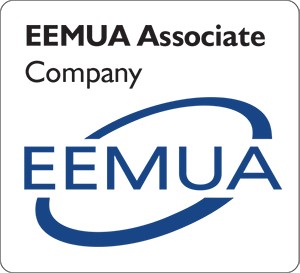Fitness for service and remaining life assessment
| Capability Statement-Fitness for Service Assessments | |
| Statistical analysis of sampling inspections |
Equipment in service may be subject to a variety of degradation mechanisms, e.g. corrosion, fatigue cracking. It is possible that after some time in service the condition of the equipment deteriorates to the point where it no longer complies with the requirements of the original design code. This does not necessarily mean, however, that the equipment is no longer suitable for use. A more detailed assessment, based on consideration of fitness for service, may be used to demonstrate that continued operation is justifiable. A fitness for service assessment considers in detail the effects of the degradation present on structural integrity and allows robust decisions on continued operation to be made. Assessment will typically consider the condition as established in the most recent inspection and will also estimate the time to the limiting condition (remaining life) based on established degradation rates.
Fitness for service assessments depend directly the information on equipment condition as provided by inspection. The remaining life estimates are equally dependant on inspection information, this typically provided by repeat inspections aimed at establishing the degradation rate.
Sonomatic provides fitness for service and remaining life assessments to a range of industry codes and recommended practices. A key strength in Sonomatic’s capability is our extensive experience in interpretation and application of inspection results for reliable defect characterisation. Best use is made of the inspection information in arriving at reliable decisions on equipment integrity. This represents a considerable advantage to clients compared to the approach of integrity consultants who are less familiar with inspection technology and the implications for flaw definition and corrosion growth rate estimation.
Sonomatic also has a unique capability in providing fitness for service and remaining life assessment based on statistical analysis in sampling inspection applications. This allows a cost effective approach to inspection by allowing validation of equipment integrity with less than 100% inspection coverage when appropriate. The assessment approach can also be used to define what level of coverage is sufficient for each application.
Click here for Case Studies








